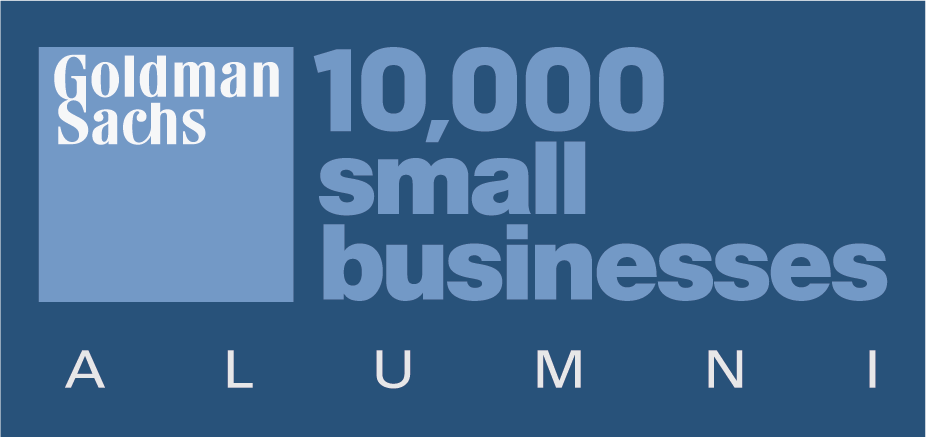Legal services underpin all economic and social activity in societies across the world. The World Bank’s Global Governance Index defines the rule of law as: “the extent to which agents have confidence in and abide by the rules of society, and in particular the quality of contract enforcement, property rights, the police, and the courts, as well as the likelihood of crime and violence”.
Legal services therefore have a role beyond facilitating the administration of justice and the rule of law. A well organised legal services sector is a multiplier and enabler for economic growth and stability. It can help to promote business confidence by providing certainty of contract and an impartial mechanism for resolving disputes. Economies cannot grow and prosper, trade with each other and attract inward investment without an effective legal services sector. As foreign trade and investment grows, so foreign lawyers will increasingly ‘accompany’ their clients in some way, in order to provide them with the support and reassurance they need in order to do business across borders. This may simply involve advising on the client’s home country law and not on legal issues arising in the foreign jurisdiction but at this point, it is not only the client’s goods or services which may be traded, but trade in legal services may also be taking place.
Legal services can be ‘traded’ in four different ways, as identified by the Treaty on the General Agreement on Trade in Services (GATS), which entered into force in 1994 and which today has192 signatory countries. The GATS sets out four ways or ‘modes’ by which services, like legal services, can be traded:
- Mode 1 – cross border supply – this happens when a lawyer provides advice or opinion from his or her own country to client in another country.
- Mode 2 – consumption abroad – this occurs when a client physically travels to another country to consult a lawyer.
- Mode 3 – commercial presence – this is when a law firm or individual lawyer opens an office in another country. It only covers the right of the legal entity to ‘set up shop; and doesn’t necessarily grant any rights to the law office concerned to staff that office. So for example, this covers situations in which a foreign law firm may invest in a local law firm through a merger or alliance but all of the lawyers on the ground remain locally qualified.
- Mode 4 – presence of natural persons – this covers scenarios in which individual foreign lawyers are present in other jurisdictions to deliver legal services, either on a temporary or permanent basis.
Many lawyers may therefore already be engaging in international trade in legal services without realising it, when they deal with clients in other jurisdictions or law firms that refer them work from abroad.
The role that bar associations and law societies play in this issue will depend to a great extent whether they perform a regulatory role, have merely a representational function, or some combination of the two.
There are a number of triggering events which may involve bar associations in questions of trade in legal services, especially if they have a role in regulating the local profession:
- If their country has not previously been a member but joins the World Trade Organisation. Very few countries are not yet members but it is important to note that virtually all accessions to the WTO have required new members to open up access to their legal markets to foreign lawyers for the provision of legal advice on foreign and international law, at least.
- If their country embarks on trade negotiations on a bilateral or plurilateral basis. The Trans-Pacific Partnership (TPP) agreement and the Trade in Services Agreement (TiSA) are important examples of the latter type of agreement. Trade in legal services are not always included in such agreements or in bilateral trade treaties but almost certainly will be if one of the parties has a strong interest in this area. Australia, the US, European Free Trade Area (EFTA) and the European Union will always request better market access in any trade deals they negotiate.
- If their country is part of an economic area, such as NAFTA, APEC, ASEAN, the EAC or SADC. These economic communities are increasingly putting an emphasis on greater economic integration and the need to build functioning ‘single markets’. In some cases this has involved the negotiation of agreements between the parties on the recognition of qualifications, which are needed in order to facilitate the freedom of movement of lawyers between the parties of the economic community. The East African Community is a very good example of this phenomenon and the various Law Societies and Bars, together with their regional representative body, the East African Law Society, have been working together with the East African Community Secretariat to put in place an agreement which will achieve greater lawyer mobility in the region in order to support regional economic integration.
- If their government undertakes unilateral action to liberalise the legal sector. This is often the most common route to greater market access for foreign lawyers and is often triggered by the government’s wish to promote or develop some part of the economy, such as financial services, for example, which requires specialist expertise not available in the local market.
In the above circumstances, bar associations and law societies may find themselves being asked to react to government proposals, regardless of their role.
It is however, equally possible that bars may decide unilaterally to put forward schemes to permit greater foreign lawyer access, even where this is not being pressed for by government or other sectors of the economy. They may wish to do this in order to promote greater opportunities for their members through greater integration into the global legal market.
If bars are approached to consider issues in relation to trade in legal services, they may wish to begin by setting up a dedicated committee to look at all the issues and, especially if they have a regulatory role, to think through the different options for permitting or expanding foreign lawyer practice in ways that are beneficial for local practitioners. There are plenty of previous examples of other jurisdictions that have done this.
The International Bar Association also has a dedicated committee in the form of the Bar Issues Trade in Legal Services Committee (BICITLS) which exists precisely in order to support bars looking at these questions. There is a wealth of useful information aimed at bar associations which is maintained on the dedicated BICITLS website
(http://www.ibanet.org/PPID/Constituent/Bar_Issues_Commission/BIC_ITILS_Committee/Default.aspx). The following resources are likely to be of particular use:
- The GATS Handbook, which sets out in easy to understand language, how trade in legal services is regulated through the World Trade Organisation. Since the WTO model has been used as the template for most regional and bilateral agreements, this has a much wider application than simply acting as a vade mecum for the General Agreement on Trade in Services.
- The cross border legal services report, which is an interactive database showing how nearly 100 countries around the world regulated foreign legal practice.
- A series of resolutions which have been adopted by the IBA over a number of years which set out some best practice and standards in relation to the topic of trade in legal services. This best practice includes for example, recommendations for foreign law firms which establish in other jurisdictions to engage in skills transfer, recommendations on how legal services liberalising commitments can be made and some general principles on the establishment of foreign lawyers.
Resources
The revised Handbook about the General Agreement on Trade in Services, Laurel Terry (Available at the BICITLS website – see address above)
The World Trade Organisation – www.wto.org
This article appears in the forthcoming IBA publication, ‘Benchmarking Bar Associations: A Guide for Bar Associations and Law Societies in Developing Countries’, second edition 2016.




